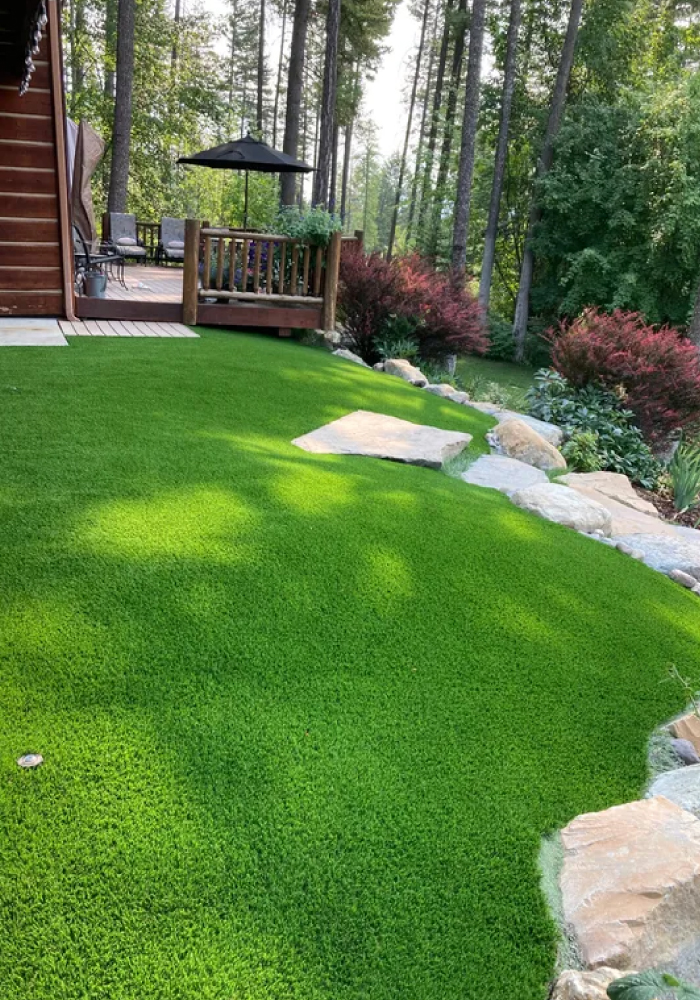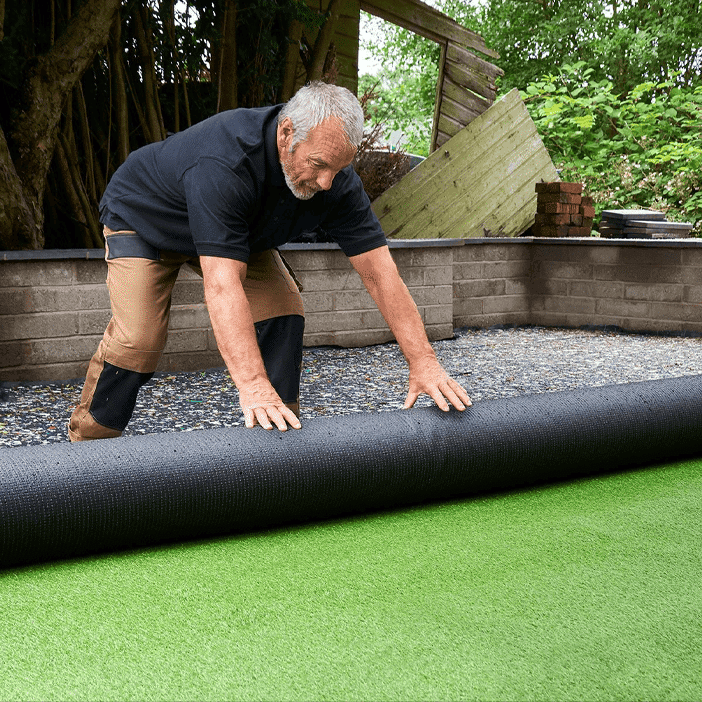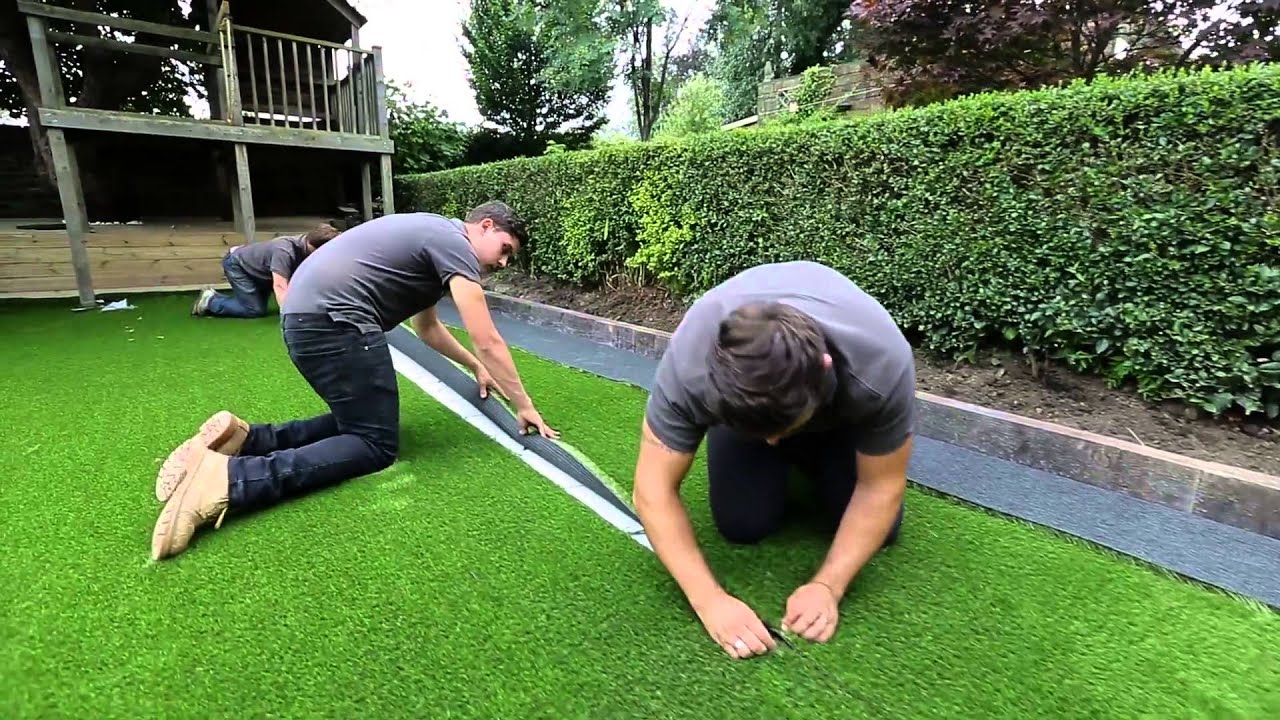Choose Reputable Artificial Turf Companies Phoenix for Your Landscaping Needs
Wiki Article
Delve Into the Environmental Benefits of Opting for Artificial Turf Solutions
The adoption of synthetic grass remedies offers a compelling opportunity to resolve pushing ecological challenges. By considerably decreasing water usage and minimizing the application of harmful chemicals, these alternatives not just advertise lasting landscaping yet additionally safeguard regional environments. Furthermore, the lower carbon footprint associated with decreased maintenance activities adds to a much more sustainable technique to land administration. However, the effects of these benefits expand past plain preservation efforts, elevating concerns about their lasting influence on environment conservation and total ecological equilibrium. Exploring these measurements discloses an intricate interaction worth considering.Water Conservation Benefits
Among one of the most substantial advantages of synthetic grass is its capacity to preserve water. Standard grass lawns call for substantial watering, particularly in areas prone to dry spell or water constraints. On the other hand, synthetic lawn does not need watering, substantially minimizing the general demand for water resources. This attribute is especially advantageous in arid areas where water shortage is a pressing problem.By eliminating the need for regular watering, artificial lawn adds to sustainable landscape methods and assists reduce the ecological effect of excessive water consumption. Furthermore, the conservation of water expands to the decrease of runoff, which can bring about soil erosion and river air pollution.
In addition, the installment of synthetic grass enables communities and property owners to allocate water sources much more efficiently, concentrating on essential uses such as alcohol consumption water and farming. The shift in the direction of fabricated lawn not just promotes liable water usage but likewise aligns with wider ecological goals targeted at preserving natural sources.
As neighborhoods increasingly prioritize sustainability, the water preservation benefits of synthetic grass provide an engaging case for its fostering in property and commercial landscape design jobs.
Minimized Chemical Usage
The shift to synthetic grass dramatically decreases the dependence on chemical therapies frequently utilized in natural turf upkeep. Standard grass management normally entails the application of herbicides, plant foods, and chemicals to promote development and control insects. These chemicals can position threats to human health, regional wildlife, and the atmosphere, adding to soil and water contamination.On the other hand, synthetic grass eliminates the need for these damaging substances. When set up, it needs marginal upkeep, largely containing routine cleaning and occasional infill replenishment. This reduction in chemical usage not just benefits the immediate atmosphere however additionally adds to wider ecological stability. By lessening the launch of synthetic substances right into the environment, synthetic grass advertises healthier soil and water systems.
Moreover, the absence of chemical drainage connected with synthetic grass setups helps shield neighborhood waterways from air pollution, supporting aquatic life and keeping biodiversity. Turf installation phoenix az. As communities increasingly prioritize lasting techniques, selecting synthetic grass offers a practical option that aligns with ecological conservation goals. With this change, building proprietors can appreciate lavish environment-friendly rooms without endangering ecological health and wellness, leading the way for an extra lasting future
Lower Carbon Impact

Furthermore, the setup of synthetic grass can lead to considerable water preservation. Natural yards need significant quantities of water for watering, which not just adds to the carbon footprint related to water removal and therapy but likewise stress neighborhood water sources. In contrast, synthetic grass requires marginal upkeep, requiring no watering, thus dramatically reducing water usage and its connected energy expenses.
Furthermore, the longevity of synthetic grass contributes to its decreased carbon effect. With a life expectancy of approximately 15 years or even more, the requirement for constant substitutes is diminished, resulting in less waste and lower energy usage in production and disposing of traditional turf options. In general, synthetic grass offers a lasting choice for eco aware landscaping.
Habitat Preservation
Environment conservation is an important factor to consider in the argument over landscaping selections, particularly when comparing synthetic grass to here all-natural yard. Natural grass yards often call for considerable maintenance, including making use of chemicals, fertilizers, and herbicides, which can adversely influence regional environments. These chemicals can leach right into the dirt and waterways, damaging native vegetation and fauna and interfering with regional environments.
Synthetic turf eliminates the need for hazardous chemicals, consequently protecting close-by wild animals and keeping the honesty of surrounding ecological communities. The setup of man-made lawn can lead to the conversion of former grass areas into even more biodiverse landscapes, such as pollinator yards or native plant locations, which can support local wild animals.
Ultimately, the change to synthetic lawn not just saves water and reduces upkeep initiatives but also cultivates a more unified partnership in between human activities and the native environment, advertising habitat conservation while doing so.
Long-Term Sustainability
Long-term sustainability is a critical consider examining the advantages of man-made grass over standard yard lawns. Among the most significant benefits of man-made turf is its sturdiness; it can last up to 15-20 years with marginal maintenance, whereas all-natural lawn calls for frequent reseeding and replacement. This longevity minimizes the requirement for consistent sources, such as water, fertilizers, and chemicals, which are crucial for keeping a healthy and balanced turf lawn.In addition, synthetic grass contributes to a decrease in carbon emissions connected with grass care devices. Typical lawns commonly require gas-powered lawn mowers, leaners, and blowers, all of which contribute to air contamination. Turf installation phoenix az. In contrast, fabricated turf eliminates the requirement for such devices, advertising a cleaner environment
Furthermore, the production of fabricated lawn increasingly uses recycled products, boosting its sustainability account. As manufacturers adopt green techniques, the ecological impact of synthetic grass proceeds to diminish.

Verdict
The adoption of man-made turf options offers dig this considerable environmental benefits, consisting of substantial water preservation, decreased dependence on dangerous chemicals, and a lower carbon impact. Additionally, synthetic grass help in protecting all-natural environments by decreasing land disruption and promoting long-term sustainability via making use of long lasting materials. Jointly, these elements emphasize the potential of synthetic grass to add positively to ecological wellness and provide a feasible choice to typical landscape design methods in a progressively resource-conscious world.In comparison, man-made grass does not require watering, dramatically reducing the total demand for water sources. By lessening the launch of artificial compounds right into the environment, artificial lawn promotes much healthier dirt and water systems.
Additionally, the setup of man-made turf can result in considerable water preservation. In contrast, fabricated lawn needs marginal upkeep, calling for no watering, thus considerably minimizing water usage and its linked energy costs.

Report this wiki page